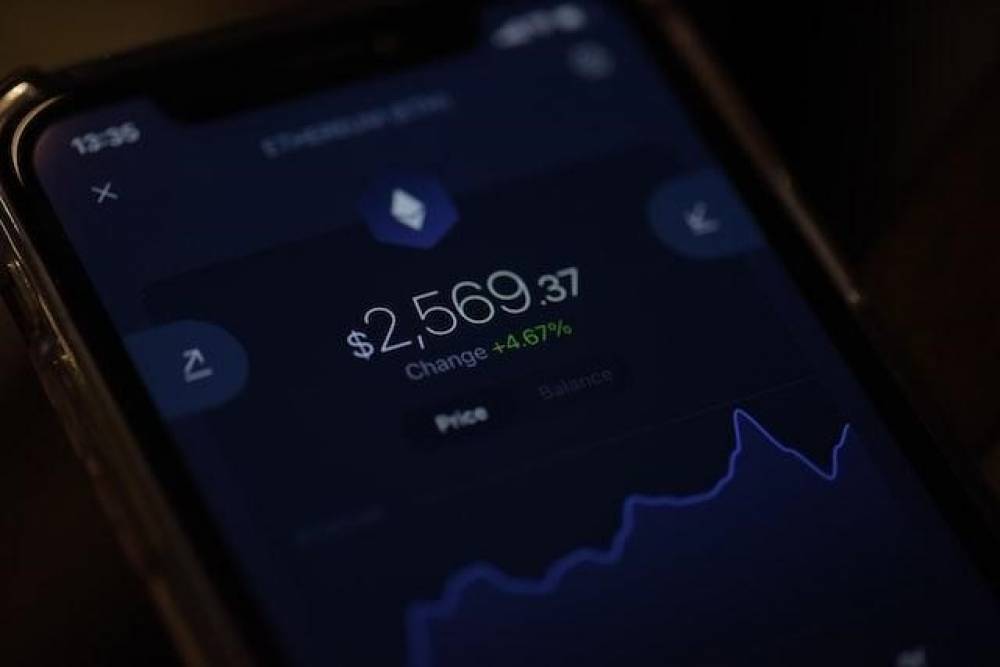
How To Build A Perfect Crypto Portfolio
Most people who are just starting to get acquainted with the world of cryptocurrencies do not know how to create a portfolio. It is a portfolio, not a random collection of assets. This is often explained by the fact that when entering a crypt, people rely on easy and quick earnings, do not study the market structure, do not conduct a deep analysis of projects, as a result of which they do not see the full situation.
How To Build a Perfect Crypto Portfolio
In this article, together with buidlbee, let's figure out how to properly build your ideal crypto portfolio.
Why you should understand the sectors of the cryptocurrency market
Imagine that you bought coins from five projects related to various metaverses, flew into Decenraland for half a cutlet, for a part in Sandbox and others. And a couple of days later, the US Department of Justice charges Animoca Brands with financial fraud or discrimination against minorities carried out in metaspace, all this concerns big politics, which does not depend on a private investor. The entire sector of the metaverses will pull down, all coins associated with VR and AR will fall in price. That is why the division of your assets between different market sectors is so important.
The most important goals in compiling a crypto portfolio
Of course, the most important goal is to reduce risk.
And the second goal is to increase income, stick to your acceptable risk level.
Building a portfolio can be compared to building a football team. Imagine if your team had only defenders – too much defense and no offense. Each position has its own role.
It's the same in your portfolio: stable coins protect you, riskier ones orchestrate your attack. A well-balanced team in the hands of a good coach brings the desired result.
Classes of crypto assets and their role
● Stable coins. Store capital and act as patrons to buy the bottom. (Examples: USDT, UST, DAO, etc.)
● Blue Chips. Long term growth. Long term hold. (Hold – keeping an asset on your balance sheet) (Examples: BTC, ETH, LUNA, etc.)
● Medium risk. Good balance. These are not blue chips, but fundamental coins. (Examples: OSMO, SCRT, FXS, etc.)
● High risk. Game in 10-100 x. High risk – high rewards. Make sure you take profits. This risk class includes entries into new P2E projects, native tokens of new metaverses, etc. (Examples: JEWEL, LQDR, etc.)
If you have ever invested in the stock market, you are familiar with the concept of diversification (this is the distribution of capital between different groups of assets in order to minimize risks). Let's see what groups of assets (sectors) exist in the crypto world.
The most important thing is the perfect balance
It is worth remembering that you personally bear all the risks for your portfolio and there is no ideal distribution, but we will offer a universal model that you can adapt to yourself by selecting the right projects for investment and adjusting the percentage of assets to suit your goals and risk appetite. With the latter, you should always be careful.
Asset Allocation Model
● Stable Coins 15;
● ETH 15%;
● BTC 15%;
● Altcoins (Layer 1) 30%;
● High risk assets 25%.
Detailed model of distribution of crypto assets
● From stable coins, it is preferable to buy UST. This is the cryptodollar of the Terra Luna project, the currency is completely decentralized and does not lend itself to any blocking and sanctions. During drawdowns of BTC, ETH, you should buy them in addition to prepared stables.
● L1 Altcoins are the best in terms of risk/reward ratio at the moment. Choose what you like. You should also buy BNB – a native coin of the Binance exchange, which has a fundamental value + it is necessary to have it to participate in various promotions and drops on Binance and Binance NFT.
● BTC and ETH are blue chips, your safe havens, buy them consistently on dips;
● Enter high-risk projects carefully, no more than 5% of the total portfolio. These can be NFT drops, new metaverses, P2E games, etc. Properly analyze projects, calculate their tokenomics, check social networks, and funds that support the project.
Investing in cryptocurrency requires monitoring and understanding how well you are managing your crypto portfolio.

